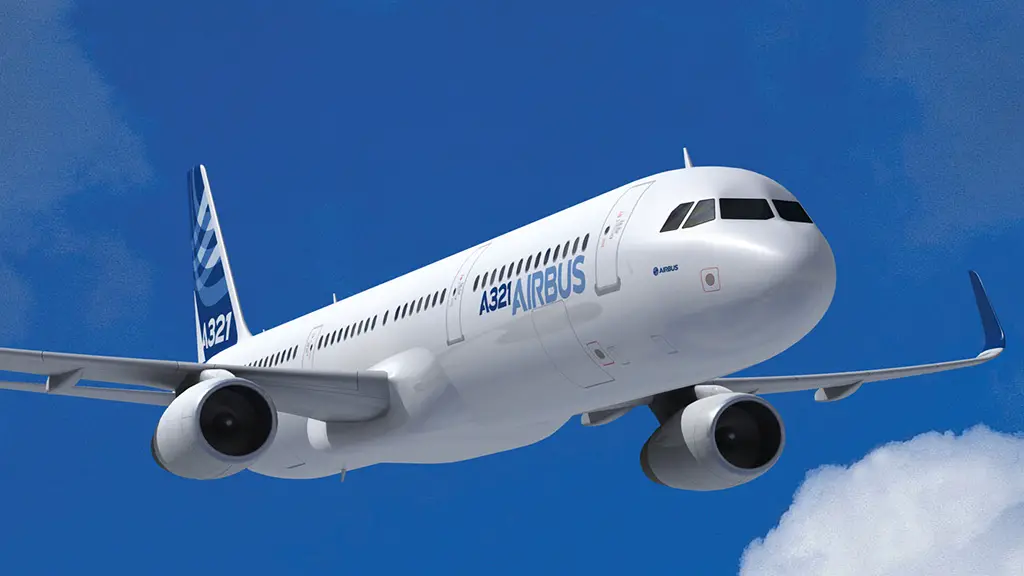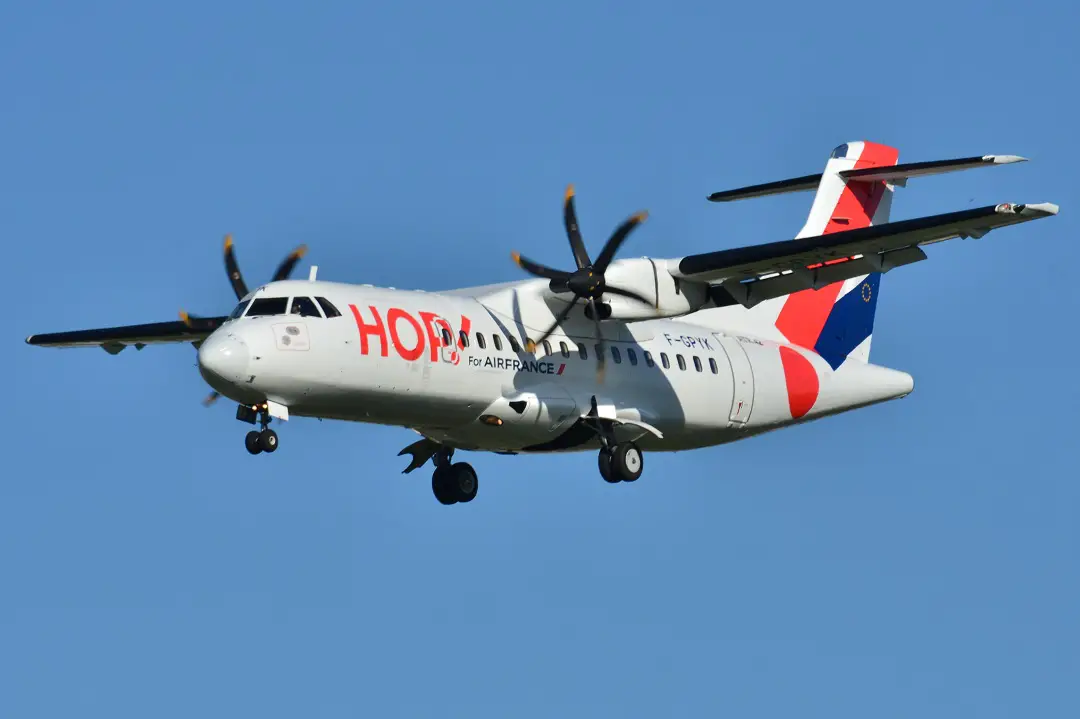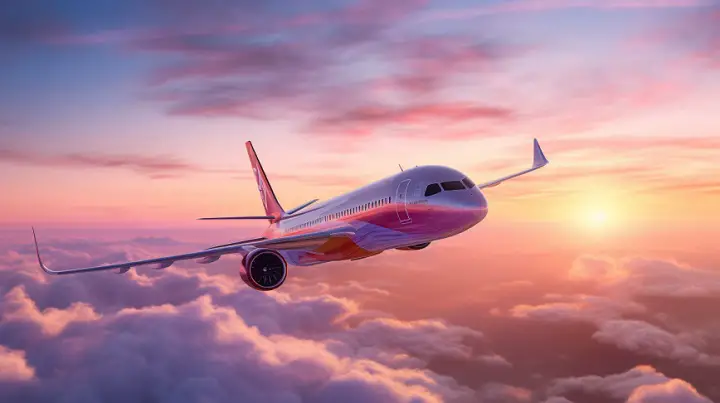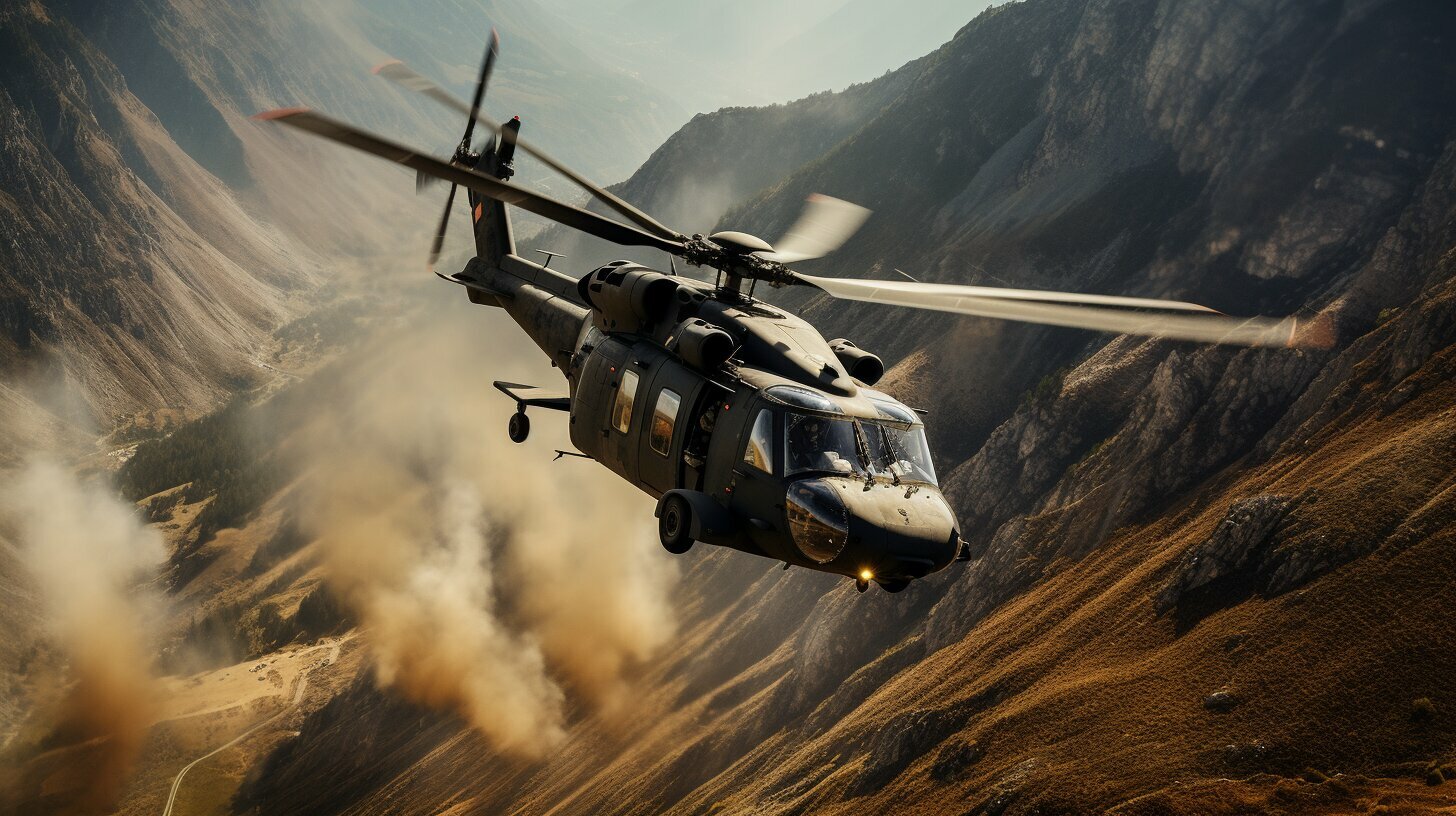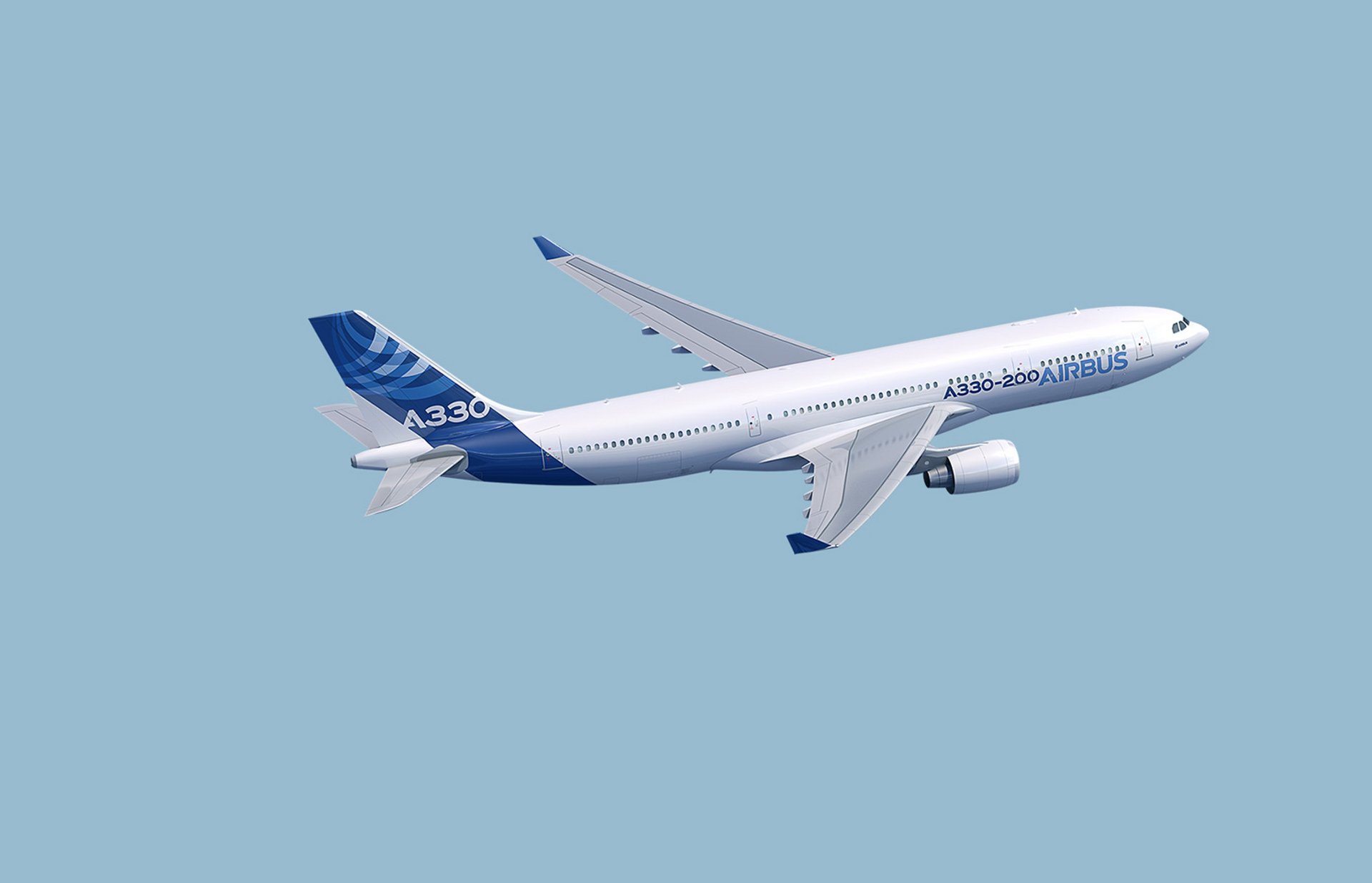
Airbus A330
Since its inception, the Airbus A330 has served as a benchmark in the aviation industry. With its innovative design, fuel efficiency, and exceptional performance, the A330 has become the go-to aircraft for many airlines.
This article delves into the features, history, and successes of this remarkable twin-engine, wide-body aircraft, demonstrating why the Airbus A330 continues to be a favorite among pilots, passengers, and airlines alike.
About Airbus A330
The Airbus A330 is a medium- to long-range, wide-body aircraft developed and manufactured by Airbus. The A330 was designed to offer outstanding performance, flexibility, and efficiency in response to the growing demands of the aviation industry. With a typical two-class configuration, the A330 can accommodate up to 335 passengers, while its extended-range models can fly up to 7,250 nautical miles (13,430 kilometers).
Role: Wide-body jet airliner
Manufacturer: Airbus
Country: Multi-national (Europe)
First flight: November 2, 1992
Introduction: 17 January 1994 (Air Inter)
Produced: 1992-Present
Status: In service
Historical Overview
Development of the Airbus A330 commenced in the 1980s as a complement to the four-engine A340. The A330’s maiden flight took place on November 2, 1992, and it entered commercial service with Air Inter, a French domestic airline, in January 1994. Over the years, the A330 has undergone numerous enhancements to improve its performance, efficiency, and passenger experience.
A330 Variants and Performance
There are several variants of the Airbus A330, each catering to different market needs:
A330-200
The A330-200 is the shorter-fuselage version of the A330 family, introduced in 1998 to cater to medium-to-long-range routes. With its reduced overall length, the A330-200 provides a seating capacity of up to 247 passengers in a typical two-class configuration.
Despite its smaller size, the aircraft offers an increased range of up to 7,250 nautical miles (13,430 kilometers) compared to the A330-300. This variant is popular among airlines seeking to optimize their fleets for long-haul flights with fewer passengers while maintaining operational efficiency.
A330-300
As the original member of the A330 family, the A330-300 is a long-range, wide-body aircraft designed for high capacity and operational flexibility. Capable of accommodating up to 335 passengers in a typical two-class configuration, the A330-300 has a range of up to 6,350 nautical miles (11,750 kilometers).
Its balanced combination of capacity, range, and efficiency has made it a popular choice among airlines for both long-haul and high-density, shorter routes.
A330-200F
The A330-200F is a dedicated freighter variant of the A330-200, specifically designed to meet the cargo transportation needs of the aviation industry. With a payload capacity of up to 70 metric tons and a range of up to 4,000 nautical miles (7,400 kilometers), the A330-200F is a versatile and efficient solution for air cargo operations, offering a spacious cargo hold, ease of loading, and cost-effective operation.
A330P2F
The A330P2F (Passenger-to-Freighter) is a conversion program that transforms retired A330 passenger aircraft into cargo freighters. This program aims to extend the service life of A330s and provide a cost-effective alternative to purchasing new freighter aircraft.
Both A330-200 and A330-300 can be converted into their respective P2F versions, offering a payload capacity of up to 61 metric tons and 63 metric tons, respectively.
A330-800neo
The A330-800neo is one of the two variants in the A330neo (New Engine Option) family, an upgraded version of the A330 with significant improvements in fuel efficiency and passenger experience.
The A330-800neo is the smaller of the two neo variants, accommodating up to 257 passengers in a typical two-class configuration and boasting a range of up to 8,150 nautical miles (15,094 kilometers). Its advanced Rolls-Royce Trent 7000 engines and redesigned wings contribute to a 14% fuel savings per seat compared to previous A330 models.
A330-900neo
The A330-900neo is the larger variant in the A330neo family, offering increased capacity and enhanced performance. With a seating capacity of up to 287 passengers in a typical three-class configuration, the A330-900neo has a range of up to 7,200 nautical miles (13,334 kilometers).
Like the A330-800neo, the A330-900neo features advanced Rolls-Royce Trent 7000 engines, redesigned wings, and improved cabin amenities, resulting in increased fuel efficiency and passenger comfort.
Beluga XL (A330-743L)
The Beluga XL, or A330-743L, is a specialized, large transport aircraft based on the A330-200 platform, designed to transport oversized cargo, such as aircraft components, for Airbus’ production lines.
With its distinctive bulbous shape and impressive payload capacity, the Beluga XL can carry up to 51 metric tons of cargo over a range of 2,300 nautical miles (4,260 kilometers). The aircraft’s unique design enables it to accommodate cargo items that would be impossible to fit in conventional freighter aircraft, making it an essential asset for Airbus’ manufacturing operations.
Airbus A330 MRTT
The Airbus A330 MRTT (Multi-Role Tanker Transport) is a military variant of the A330-200, serving as both an aerial refueling tanker and a transport aircraft. Its advanced refueling system allows the A330 MRTT to support various aircraft types, including fighters, transport planes, and even other tankers.
In its transport role, the A330 MRTT can carry up to 300 passengers, 45,000 kilograms of cargo, or a combination of both. With a range of up to 8,000 nautical miles (14,800 kilometers), the A330 MRTT is an indispensable asset for military forces worldwide, providing strategic reach, versatility, and operational flexibility.
Technological Innovations
The Airbus A330 boasts several groundbreaking technological advancements that have contributed to its success in the market:
- Composite materials: Airbus employed carbon-fiber-reinforced polymer (CFRP) and other advanced materials in the A330’s construction, reducing weight and maintenance requirements while increasing durability.
- Fly-by-Wire system: The A330 was one of the first commercial aircraft to adopt a digital fly-by-wire system after the A320, providing enhanced flight control and safety features.
- Commonality: The A330 shares a high degree of commonality with other Airbus aircraft, particularly the A340. This similarity reduces training and maintenance costs for airlines operating multiple Airbus models.
- Enhanced cabin experience: Airbus has made significant improvements to the A330’s cabin over the years, including larger overhead storage compartments, mood lighting, and advanced in-flight entertainment systems, providing passengers with a comfortable and enjoyable travel experience.
Operational Efficiency and Environmental Impact
The Airbus A330 is known for its operational efficiency and reduced environmental impact. Airbus claims that the A330 family of aircraft has a 25% advantage in fuel burn per seat vs. previous generation competitors.
With its advanced aerodynamics, lightweight materials, and fuel-efficient engines, the A330 offers airlines lower operating costs, making it an attractive choice for long-haul operations. Furthermore, the A330neo’s improved fuel efficiency contributes to a significant reduction in CO2 emissions, aligning with the aviation industry’s goal of reducing its environmental footprint.
Success in the Market
The Airbus A330 has enjoyed tremendous success in the commercial aviation market. As of Feb 2023, Airbus had received over 1,774 orders for the A330 family, with more than 1,562 aircraft delivered to customers worldwide. The A330 is flown by over 120 operators worldwide, serving a diverse range of routes and markets.
Some of the largest operators of the Airbus A330 include:
The A330 has also found success in VIP flight sectors. In the European business aviation sector, the Airbus A330-200F is in great demand among the premium customer segment.
Whereas, as discussed earlier, variants such as the A330 MRTT (Multi-Role Tanker Transport) serve as aerial refueling tankers and transport aircraft for various military forces worldwide.
Conclusion
The Airbus A330 has undoubtedly made a lasting impact on the aviation industry. Its innovative design, advanced technologies, and impressive performance have made it a favorite among airlines and passengers alike. As the aviation industry continues to evolve, the A330’s versatility and efficiency make it well-equipped to meet future challenges.
With its ongoing commitment to innovation and environmental responsibility, Airbus has ensured that the A330 remains a competitive force in the market. As the A330neo continues to gain traction among airlines, the Airbus A330 is poised to maintain its status as a twin-engine, wide-body marvel in modern aviation.


